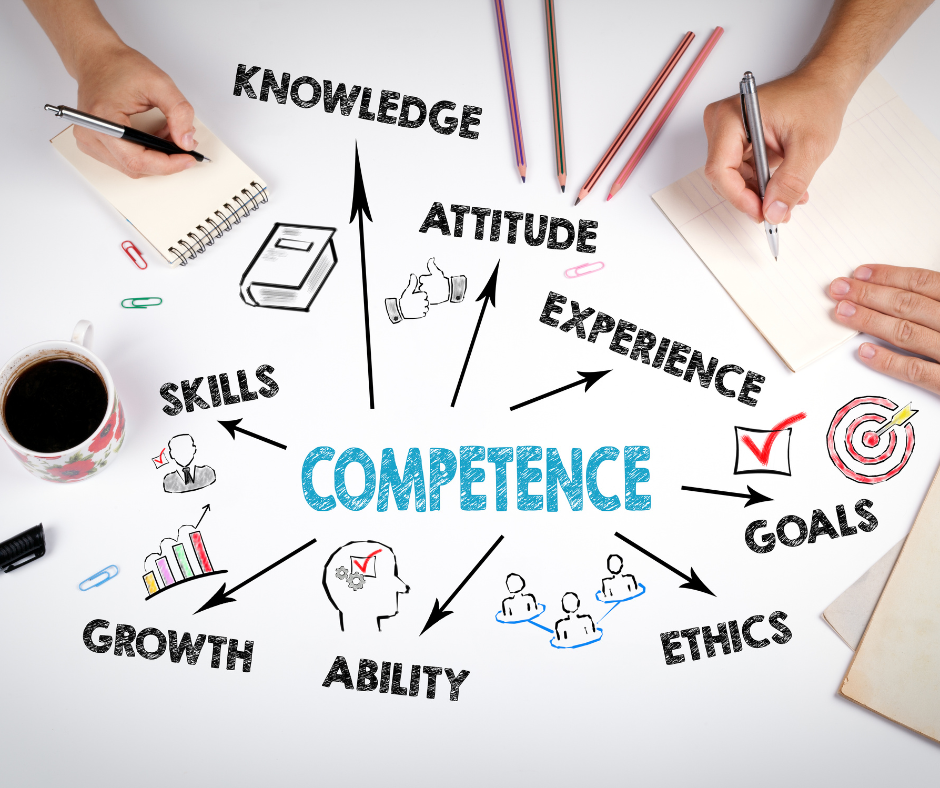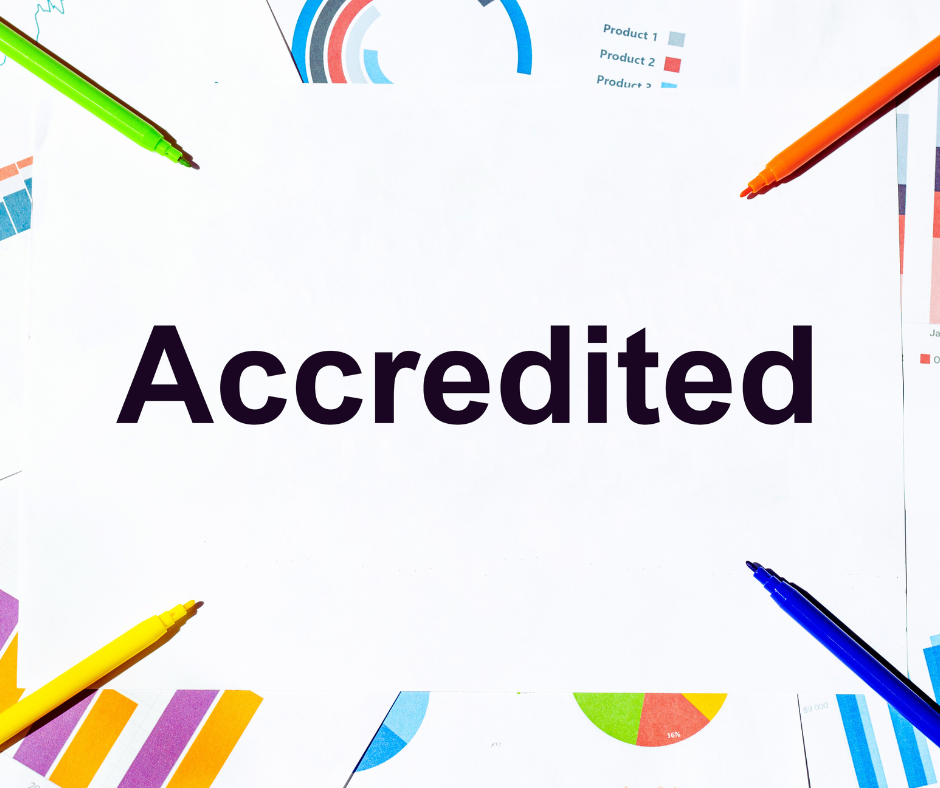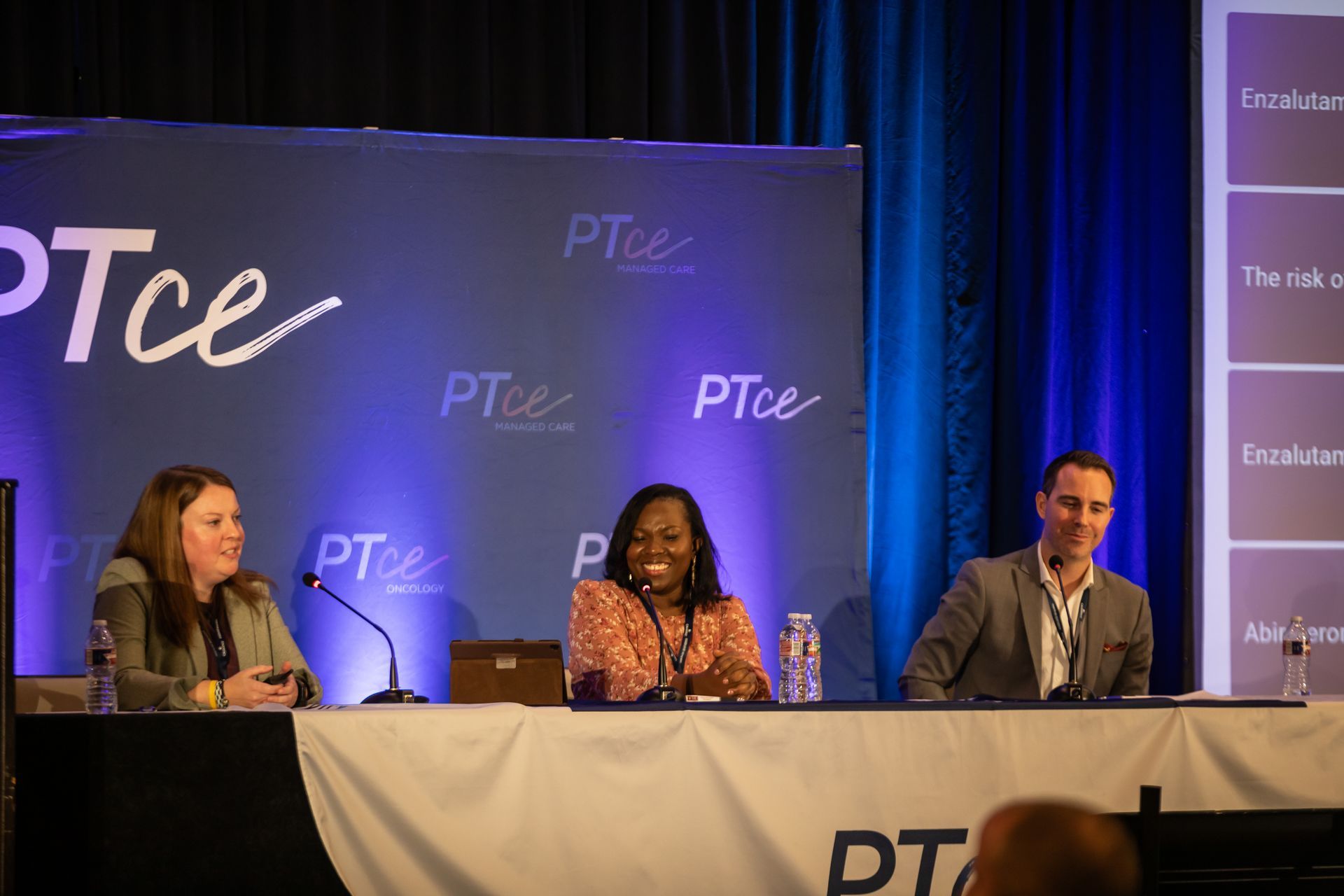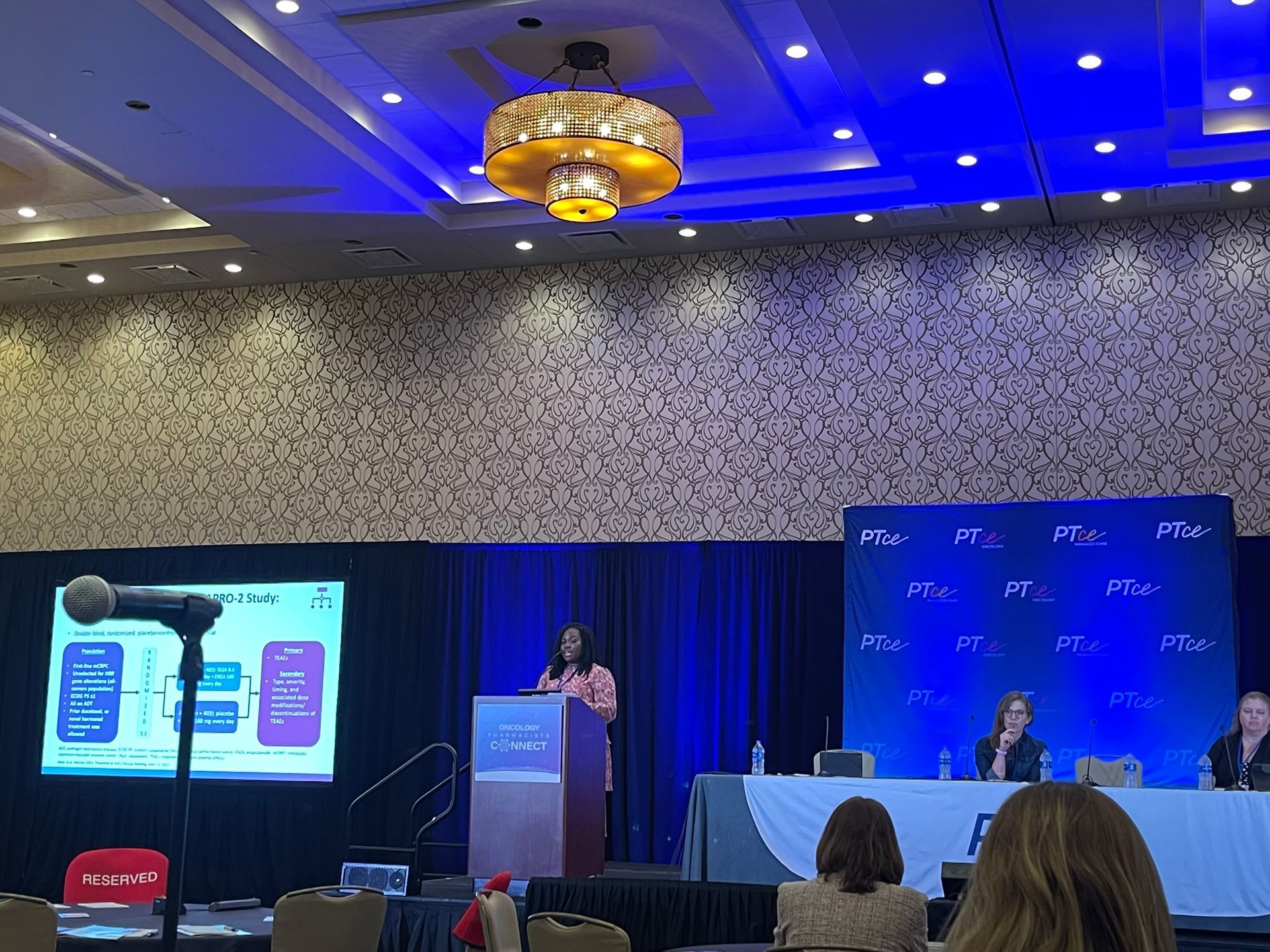How to Incorporate Active Learning in Continuing Pharmacy Education
How to Incorporate Active Learning in Continuing Pharmacy Education

Understanding The Principles Of Active Learning
Active learning is a pedagogical approach that actively involves learners in the educational process, encouraging deeper engagement with the material. In the context of continuing pharmacy education, understanding the principles of active learning is essential for fostering an environment where pharmacists can effectively assimilate knowledge and apply it in their professional practice. Central to active learning is the idea that learners construct their own understanding by connecting new information to their existing knowledge base.
This involves moving beyond passive reception of facts to active engagement through discussion, problem-solving, and critical thinking. Active learning encourages learners to take responsibility for their education, promoting self-directed learning strategies that are crucial in the rapidly evolving field of pharmacy. One key principle is the use of interactive techniques that compel learners to participate in sessions actively. This can include group discussions, case studies, simulations, and role-play exercises, providing pharmacists with opportunities to apply theoretical knowledge to real-world scenarios.
Incorporating feedback is another vital element, offering learners timely and constructive insights into their progress and areas for improvement, thereby enhancing their learning experience and outcomes. Additionally, active learning recognizes the value of collaboration, encouraging learners to work together, share perspectives, and solve problems collectively. This mirrors the collaborative nature of healthcare, where interdisciplinary teamwork is crucial for optimal patient care.
By integrating collaborative tasks, educators can simulate real-world pharmacy practice, fostering skills essential for professional success. Moreover, active learning is grounded in the principle of promoting critical reflection, urging learners to analyze their assumptions and reconsider preconceived notions, thus leading to transformative learning experiences. For professionals in continuing pharmacy education, these principles can enhance the learning process, ensuring that pharmacists are not only consumers of information but active participants in their education, ultimately leading to improved patient outcomes and professional satisfaction.
The Benefits Of Active Learning In Pharmacy Education
Active learning offers numerous benefits in the context of pharmacy education, particularly in continuing education for professionals who are already practicing in the field. This approach emphasizes engagement, participation, and collaboration, which can significantly enhance the learning experience and the retention of information. One of the primary benefits is that it fosters critical thinking and problem-solving skills, which are essential for pharmacists who must make quick decisions and adapt to new information in clinical settings.
By engaging with material actively, learners are encouraged to apply theoretical knowledge to practical scenarios, thereby reinforcing their understanding.
Another advantage is that active learning promotes a deeper understanding of the subject matter. Through activities such as case studies, simulations, group discussions, and role-playing, learners are more likely to connect new information with their existing knowledge, making it easier to integrate and synthesize complex concepts. This method also encourages learners to take ownership of their education, cultivating a sense of responsibility and self-direction that is crucial for lifelong learning in the rapidly evolving field of pharmacy.
Active learning fosters collaboration and communication among peers, which are vital skills for pharmacists who often work as part of healthcare teams. By interacting with colleagues in a learning environment, practitioners can share experiences, challenge each other’s perspectives, and build a network of professional support. Furthermore, this approach is adaptable to various learning styles, ensuring that individuals can engage with content in a way that suits them best, thereby maximizing their educational outcomes.
Finally, by making education more interactive and enjoyable, active learning can improve motivation and enthusiasm for continued professional development, ultimately leading to better patient care and enhanced job satisfaction.
Identifying Suitable Active Learning Strategies
Incorporating active learning strategies into continuing pharmacy education can significantly enhance the engagement and retention of knowledge among participants. To identify suitable active learning strategies, educators must first assess the unique needs and learning styles of their audience. Pharmacy professionals often have diverse experiences and a range of expertise, which makes it crucial to choose strategies that are both inclusive and challenging.
An effective approach is to blend various active learning techniques, such as case-based discussions, problem-solving exercises, and simulation scenarios. These methods not only engage learners actively but also bridge the gap between theoretical concepts and practical applications, fostering critical thinking and clinical decision-making skills.
Case-based discussions involve presenting real-world scenarios that pharmacists might encounter in their practice. By working through these cases collaboratively, learners can apply their knowledge in a contextual setting, share diverse perspectives, and develop a deeper understanding of the material. Problem-solving exercises, on the other hand, challenge participants to tackle complex pharmaceutical issues, encouraging them to think critically and work through potential solutions, thereby reinforcing their problem-solving skills in a safe environment.
Simulation-based learning is another powerful strategy that allows pharmacy professionals to practice clinical tasks in a realistic yet controlled setting. Through simulations, learners can hone their technical and communication skills without the risk of harm to patients, making it an invaluable component of active learning in pharmacy education. Additionally, incorporating peer teaching and reflective practices can deepen learning experiences. Learners can benefit from teaching each other, as it requires articulating and consolidating their understanding.
Encouraging reflection on what was learned and how it can be applied in real-world settings further reinforces learning. By carefully selecting and combining these strategies, educators can create a robust learning environment that actively engages pharmacy professionals and enhances their continuous professional development.
Designing Engaging And Interactive Learning Modules
Designing engaging and interactive learning modules for continuing pharmacy education involves creating experiences that actively involve learners in the process and encourage them to apply the knowledge in practical scenarios. One effective approach is incorporating case-based learning, where pharmacists are presented with realistic scenarios they might encounter in their professional practice. This method prompts them to analyze the situation, make decisions, and reflect on the outcomes, thereby deepening their understanding and application of the material.
To enhance engagement, it's crucial to integrate a variety of multimedia elements. Videos demonstrating real-life patient interactions, animations illustrating complex pharmacological processes, or virtual simulations of a pharmacy setting can provide a more immersive learning experience. Interactive quizzes and instant feedback mechanisms enable learners to assess their understanding and correct misconceptions immediately. These elements promote active participation rather than passive content absorption, ensuring that pharmacists remain engaged throughout the learning process.
Facilitating peer-to-peer interactions is another vital component of active learning. Online discussion boards, group work, or collaborative projects allow learners to share diverse perspectives and insights, fostering a richer learning environment. This social aspect of learning can be crucial, as it reflects the collaborative nature of the pharmacy profession and prepares learners for real-world teamwork scenarios.
Incorporating these various elements requires thoughtful design and a keen understanding of adult learning principles. It's important to ensure that the content is relevant and applicable to the learners' current practice, addressing both existing knowledge gaps and emerging trends in the pharmaceutical field. The modules should be flexible, allowing learners to navigate through the content at their own pace while maintaining clear objectives and outcomes.
Implementing Technology To Enhance Active Learning
Implementing technology to enhance active learning in continuing pharmacy education involves leveraging digital tools and platforms to create an interactive and engaging learning environment. By integrating innovative technologies, educators can transform traditional didactic sessions into dynamic learning experiences that encourage active participation and critical thinking. One approach is to utilize online learning management systems that facilitate discussion forums, quizzes, and collaborative projects, enabling learners to engage with the material and with each other actively.
These platforms allow for the easy incorporation of multimedia content, such as videos, podcasts, and interactive simulations, which can help learners better understand complex pharmaceutical concepts and processes.
Incorporating virtual simulations and augmented reality can significantly enhance the learning experience by providing learners with realistic, hands-on practice without the risks associated with real-life clinical settings. Simulated environments can cover a range of scenarios from patient counseling to drug dispensing, offering immediate feedback and opportunities for repeated practice. Interactive case-based scenarios can also be developed using these technologies, allowing learners to apply their knowledge in context, make decisions, and reflect on outcomes.
Mobile applications offer another avenue for active learning, as they enable on-the-go access to learning resources, reminders, and assessments, promoting continuous engagement. Gamification elements, such as leaderboards and achievement badges, can further motivate learners to participate and excel. Virtual classrooms and video conferencing tools facilitate live, interactive sessions where educators can employ polling, breakout groups, and real-time discussions to foster a collaborative learning environment.
These technological advancements in continuing pharmacy education not only support active learning but also cater to different learning styles and preferences, ensuring that pharmacists remain competent, informed, and ready to meet the evolving demands of their profession. By embracing these technologies, educators can create a more effective and engaging educational experience for pharmacists seeking to advance their knowledge and skills.
Assessing The Effectiveness Of Active Learning Approaches
Assessing the effectiveness of active learning approaches in continuing pharmacy education involves evaluating how these methodologies enhance learning outcomes, engagement, and the practical application of knowledge. Active learning strategies, such as problem-based learning, case studies, simulations, and group discussions, aim to foster a more interactive and participatory learning environment. To determine their effectiveness, educators can employ various assessment methods. First, pre- and post-assessments can be utilized to measure knowledge acquisition and retention.
These assessments help in understanding whether learners have comprehended and can apply the information presented through active learning techniques. Additionally, participant feedback through surveys and reflection exercises can provide insights into learner perceptions of the active learning activities and their relevance to practice. This feedback can highlight areas of strength and aspects that may require modification or improvement. Another approach is observational analysis, where educators or peer reviewers observe sessions to evaluate learner engagement and interaction.
This method can identify the level of participation and collaboration occurring within the learning environment. Moreover, assessing the transference of learning to practice is essential. This can be done through follow-up surveys or interviews with learners who have completed the education program, asking them how they have applied the learned skills or knowledge in their professional roles. The real-world impact of these approaches can be a significant indicator of their effectiveness.
Moreover, longitudinal studies could track participants over time to assess long-term retention and application of knowledge. Finally, comparing the outcomes of active learning approaches with traditional lecture-based methods can provide valuable insights into their relative effectiveness, helping educators to refine and improve their teaching strategies continually. Through these comprehensive evaluation strategies, educators can ensure that active learning in continuing pharmacy education successfully meets its goals of enhancing knowledge, skills, and professional practice.
Overcoming Challenges In Active Learning Adoption
Incorporating active learning into continuing pharmacy education presents various challenges that educators must address to ensure effective implementation. One significant challenge is the resistance to change from both instructors and learners who are accustomed to traditional lecture-based formats. Instructors may hesitate to adopt new methodologies due to a lack of confidence or experience in facilitating active learning environments. Overcoming this requires comprehensive training and resources that empower educators to design and implement engaging activities confidently.
Providing workshops and peer-support networks can foster a culture of innovation and collaboration, helping instructors transition to active learning practices smoothly.
Logistical concerns also pose challenges, such as limited time and space for interactive sessions. Pharmacy educators often face constraints of tight schedules and overcrowded classrooms, which can hinder the ability to conduct group activities or discussions effectively. Addressing these issues necessitates creative scheduling and the adoption of hybrid models that integrate both online and face-to-face interaction, optimizing available resources and engaging students more flexibly.
Furthermore, students accustomed to passive learning may initially struggle to adapt to active participation. To mitigate this, educators should clearly communicate the benefits of active learning approaches, emphasizing how these methods enhance critical thinking, problem-solving skills, and real-world application, which are essential in the pharmacy profession. Gradually introducing active learning components can ease this transition, allowing students to acclimate and increasing their acceptance and participation over time.
Assessment methods also require re-evaluation to align with active learning objectives effectively. Traditional exams may not accurately reflect the depth of learning achieved through active techniques. Developing assessment strategies that measure critical thinking, collaboration, and application of knowledge can better capture student progress and encourage engagement. By addressing these challenges with strategic planning and ongoing support, educators can successfully integrate active learning into continuing pharmacy education, enriching the educational experience for both instructors and students.
📩 Contact us today to explore tailored solutions for integrating active learning into your programs!
🔗 Visit
Community RSG to learn more and take your pharmacy education to the next level.
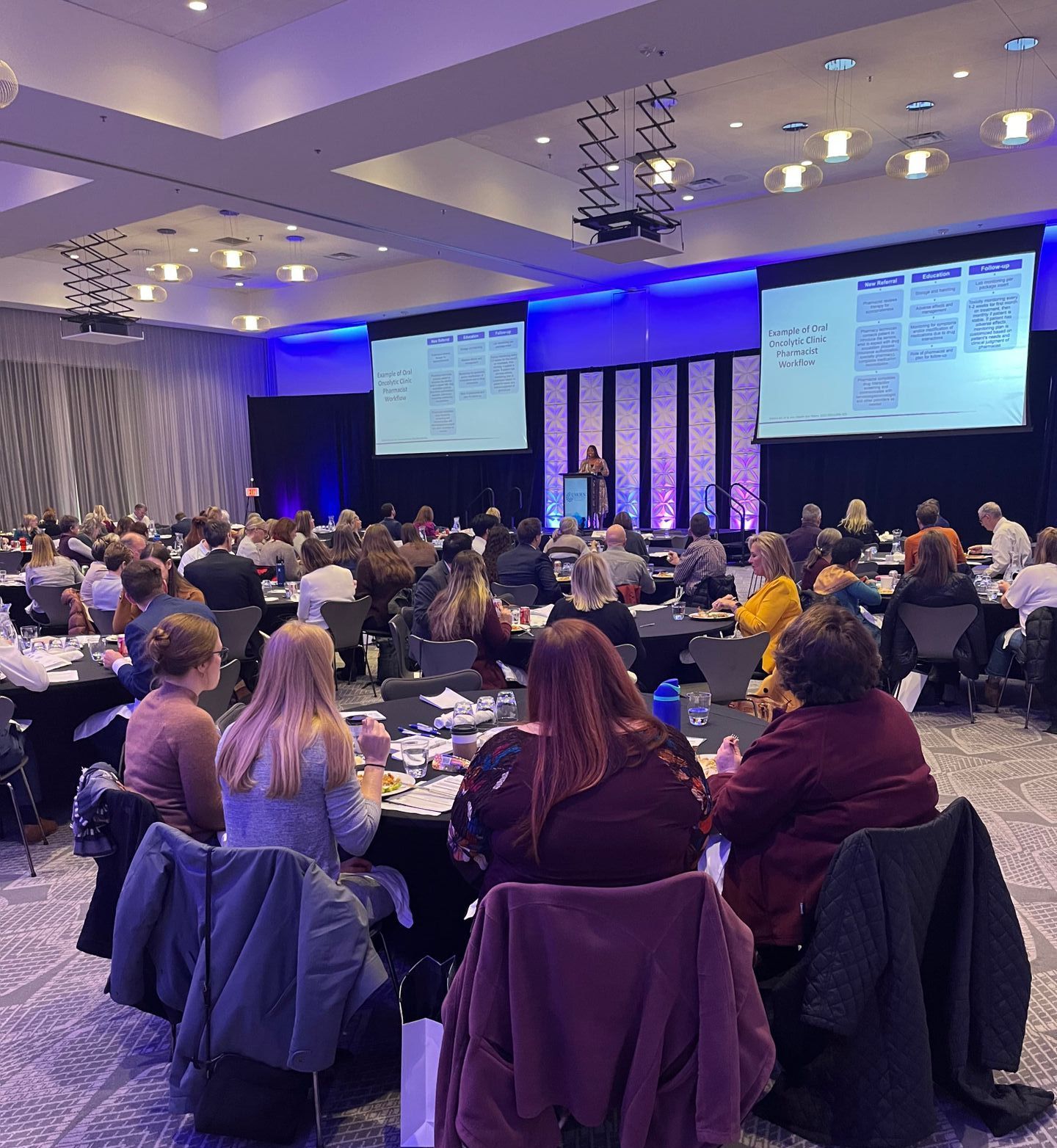
Slide title
Write your caption hereButtonSlide title
Write your caption hereButtonSlide title
Write your caption hereButton
Blogs
Community Resource Solutions Group
Transforming Health Equity Initiatives with Proven Strategies and Insights.
Business Hours
Mon-Fri 9 am-5 pm
Houston, TX
TeL: 346-436-7986
MENU
STAY CONNECTED
Contact Us
We will get back to you as soon as possible.
Please try again later.



